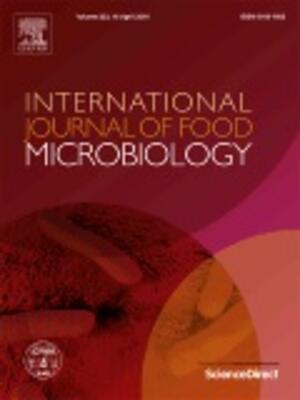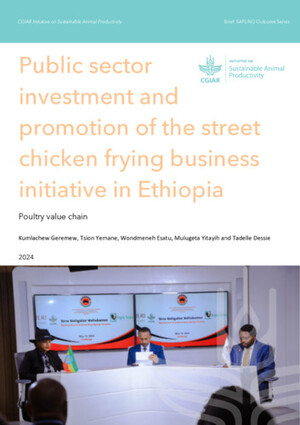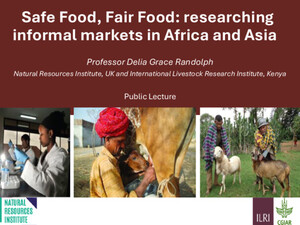
Analysis of pig trading networks and practices in Uganda
Abstract
East Africa is undergoing rapid expansion of pig rearing, driven by increasing pork consumption. Introduction and expansion of pig production systems in this biodiverse landscape may create new risks, including zoonotic pathogen transmission. Historically, biosecurity measures have primarily been focused at farm level, ignoring the important function pig traders fulfill between farmers and consumers. This study interviewed pig traders operating at Uganda’s only registered pork abattoir to describe their characteristics, business practices, biosecurity practices, and pig health management and reporting practices. All the traders were male, and nearly all (90.5%) relied on pig trading as their primary source of income. Most of the pigs brought for processing at the slaughterhouse were purchased from smallholder farms (87.3%). In addition, there was a significant difference in the high price paid per kilogram at farm gate by region (P = 0.005). High prices paid at farm gate were associated with holiday periods (P < 0.001), harvest season (P < 0.001), and drought (P < 0.001). Traders preferred buying live pigs from male farmers (88.9%) because they were considered the final decision makers and owned the pigs being sold. All pig traders were aware of clinical signs indicating a pig was sick. This study has provided baseline information on pig trader practices in Uganda. Improvements in local pork slaughterhouses and markets will benefit not only pig traders in accessing consistent customers but also individual pig farmers by increasing their market access. Finally, given their role as a link between farmers and consumers, traders would benefit from targeted inclusion in disease control and prevention strategies.
Citation
Atherstone, C., Galiwango, R.G., Grace, D., Alonso, S., Dhand, N.K., Ward, M.P. and Mor, S.M. 2019. Analysis of pig trading networks and practices in Uganda. Tropical Animal Health and Production 51(1): 137–147.









